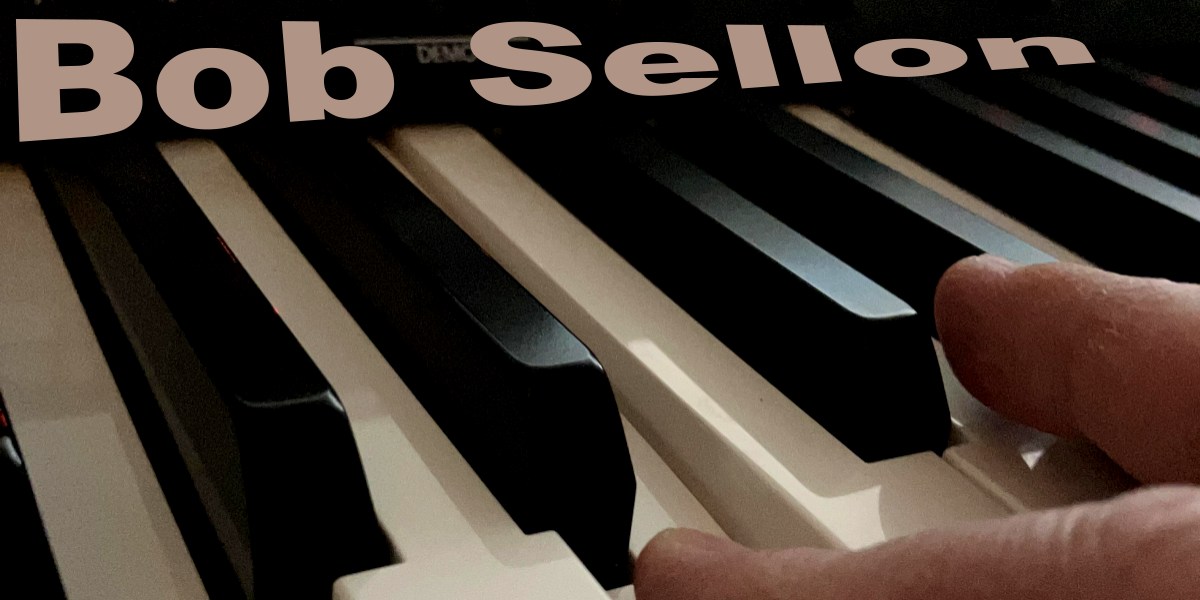"Fourth Day O May"
5/4/2023 I often find myself wandering around musically when I warm up on the keyboard so I decided to record the first 4 minutes or so to see if it sounded like music when I listened back. Not to bad for a quick live improv. Bob

It's worth noting that this keyboard performance was captured as MIDI data using a new MIDI-recorder feature I added to the MIDI Monitor panel on my Keyboard Tools panel .
I normally go on a lot longer when I'm warming up on the keyboard but was doing a virgin run to test the new code with a large-ish amount of data, so I cut it a little short to confirm everything was working but still ended up with this interesting piece of music. You can confirm it`s authenticity by the odd questionable note that comes up in the recording:) I did remove one note but otherwise this is what the recorder captured. With this vastly simplified method of recording MIDI, I'll be recording and publishing a lot more of these.
For those unfamiliar with MIDI, it`s a lot like a player-piano where the instrument plays notes based on music recorded as holes in a long piece of paper. On a player piano, the paper moves changing the holes that cause notes to play while MIDI records them as tiny collections of numbers that represent the note number (which note on the piano), it`s velocity (how loud it is), the time the note arrived from the instrument and the "channel" it`s on. These little blobs get collected and played back using the timestamp which is like the moving paper on the player piano.
This was HUGE news in 1981 when it was invented ( this article on Hosa has some great info.) but has a renewed urgency 42 years later with the adoption of MIDI on many web browsers; if you have a musical instrument such as a keyboard that has a USB connector, you can now send and receive notes to and from a web page as demonstrated on my Keyboard Tools panel .
The panel is still under development but plays back and displays musical scales in different keys and different modes on a built in virtual piano or on a connected midi keyboard or sound-module if you have one. The musical staff still needs work but the tool will can loop the scale allowing you to adjust the tempo, key and musical mode making it easier to hear the differences.
To connect your device, you select the WebMidi tab on the bottom section of the panel and click Enable MIDI (after you have powered up your keyboard and connected it to your computer. Reload the page if you didn't already do that). You then open the Monitor tab/panel and you are ready to start playing.
When you are ready to save your recording you click the little floppy disk icon to open the "save" tool which allows you to create a MIDI "file" which you then save on your computer.
Once you've got the MIDI file of your recording you can usually click it and it will play using a virtual instrument on your computer but you can also open the file in a program such as Cakewalk to edit the recording and send it to one or more virtual instruments. For my recording I fed the MIDI notes into a virtual piano and to a slow-strings virtual instrument. I also have the Lexicon LXP reverb plugin bundle which I used to expand the verb that comes on the virtual instrument (I really should shut that off and let the Lex shine through).
Note that the Apple Safari web browser is still one of the hold-outs for implementing WebMidi though there may well be an add-on at this point. If you are using an Apple device and the WebMidi panel on my Keyboards Tool reports that WebMidi is NOT supported, you can try the Chrome web browser.
Bob